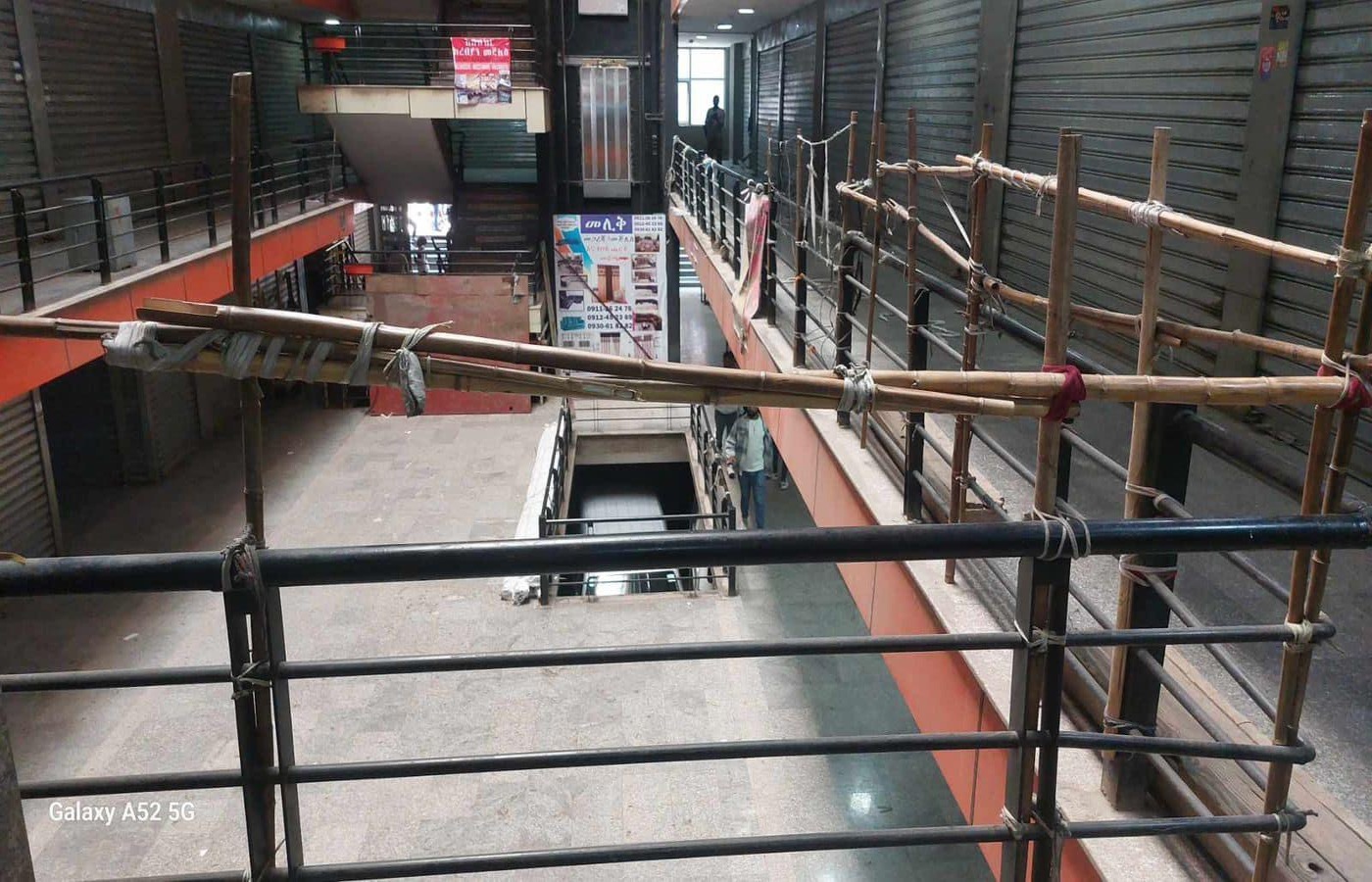- Addis Ababa's Iconic Taxis Face Retirement
The faded blue and white car ambled down Churchill Avenue, its engine emitting a basso rumble. Abebe Sheleme glanced in the rearview mirror, checking on his passengers squeezed into the backseat amongst their sacks of vegetables. After 25 years behind the wheel of this Lada, every bump and grind of its machinery was as familiar to him as his children's faces. But he knew its days were numbered.
The Lada has been a ubiquitous sight in the streets and alleys of Ethiopia's capital city for decades, its bulbous shape ferrying generations of Addis Ababa's residents to work, visits with friends and family, and important occasions like weddings and funerals. Now in their 50s and 60s, most of the city's fleet of over 10,000 Lada taxis have surpassed their intended lifespan. As newer, more modern vehicles join the taxi ranks, the trusty Ladas are facing retirement.
Abebe's taxi is one of the last remaining relics of an era. Manufactured in 1976 in the former Soviet Union, it was already 10 years old when he purchased it second-hand in 2007. With their simple but durable design, Ladas were well-suited to Ethiopia's rugged roads and harsh climate. Their affordability also made them an accessible career choice for many seeking stable work in the informal sector. Over the decades, Abebe has relied on this car to support his family, ferrying passengers across the city to accumulate the daily fares to pay bills and school fees. Now in his 60s, he finds it increasingly difficult to compete with newer taxis and ride-hailing apps.
"In the past, when people travelled by Lada it was seen as a luxury," Abebe recalled, pulling over near Merkato market to help his passengers unload their sacks of cabbage, onions and tomatoes. "Now young people don't want to take an old car like mine. They prefer the new Hyundais and Toyotas or call a Bolt."
Business has slowed in recent years as ride-hailing apps like Ride and Feres have taken off among the city's growing middle class. Fewer passengers means smaller profits at the end of each long day on the road. Yet Abebe is reluctant to retire his trusted Lada, which still runs reliably despite its age. It represents not only his livelihood, but decades of memories ferrying passengers across the changing city he knows so well.
"I have raised my children with this car. I sent two of them abroad to study using the money I earned from driving," Abebe said proudly. "It is not only a vehicle, it is my family's history."
Abebe's predicament is emblematic of the challenges facing Addis Ababa's iconic Lada taxis. While still iconic symbols of the city, their glory days running regular route taxis are coming to an end as newer options proliferate. The taxis' future hangs in the balance as plans to replace the aging fleet languish due to financial and logistical hurdles. For the drivers who have relied on Ladas for decades, it marks the sunset of not only their vehicles but a way of life.
A Mainstay on City Streets
Visiting Addis Ababa in the 1970s and 80s, travelers would have encountered fleets of boxy Soviet cars plying the city's busy arteries, identifiable by their signature blue and white paint job. Built to last on Ethiopia's rugged roads, Ladas quickly became the transport of choice, finding homes not just as taxis but also family cars, police vehicles and utility trucks.
"In Soviet times, they brought whole cargoes of new Ladas to supply the Ethiopian market. It became ingrained as our national car," explained Moges Aschenki, a 42-year-old mechanic in Addis Ababa's Arada Garage. Aschenki started his career over a decade ago repairing Ladas and their perennially temperamental carburetors.
In the taxi trade, the Ladas' durable three-cylinder engines, simple mechanics and affordability compared to European and Japanese rivals made them ideal work vehicles. With ministries and taxi cooperatives importing used models from Eastern Bloc countries, prices often started below 1,000 dollars when new to market in the 80s. For comparison, a new Corolla cost over 20,000 dollars.
Enterprising drivers could purchase older Ladas and easily recoup their investment through daily fares. Routes evolved organically based on passenger demand, ferrying regular commuters as well as patrons visiting social clubs, bars and hotels popping up around the city. Colorful route maps adorned taxi windows and doors as a reminder of each car's territory.
"It became an institution, having Ladas as the main form of public transport in Addis. Everyone knew the routes and trusted the drivers," recalls Molalign Aweke, 38, who purchased his first Lada a decade ago after years of saving as a hotel worker. Following in the footsteps of his neighbours who drove taxis before him, Molalign plied a route from the airport to central hotel districts, netting around 500 birr per day in fares—enough to support his young family.
Now empty lots and side streets where Ladas once idled between rides are occupied by sleek taxi hailing vehicles. But across the city, veterans like Abebe and Molalign can still be found navigating Addis' narrow lanes, keeping the Lada legacy alive for one more day behind the wheel. Their journeys represent continuity even as the city surges into a new modern era.
Plans to Replace the Fleet Languish
In February 2021, the Addis Ababa Transport Authority announced a major plan to retire the capital's aging fleet of Ladas. Over 10,500 pre-2005 models would be removed from service and replaced with new taxis to modernize the sector. The authority signed an agreement with eight major taxi cooperatives to facilitate the swap, with the Commercial Bank of Ethiopia providing a 6 billion birr loan at preferential interest rates.
Eager drivers like Molalign saw it as their chance to finally upgrade from the dated Lada to a new start. He parted with his trusted blue taxi, expecting to receive a replacement, possibly Chinese made locally assembled cars, within months. But over a year later, delivery delays and financial bottlenecks have stalled the replacement program, leaving many drivers in limbo.
"I paid 138,000 birr as a down payment thinking I would get a new car. That was a lot of money for me," Molalign said.
The cooperative managing Molalign's zone blames import challenges due to forex shortage. With Ethiopia's foreign reserves depleted and currency devalued, accessing US dollars for imports has been difficult, with yet to be seen recent liberalization of the exchange rate regime means more forex in the market. Port and transport disruptions slowed deliveries, and rising global prices increased vehicle costs beyond initial estimates.
Analysts suggest issues of planning, governance, and financial accountability also undermined the replacement scheme's ambitious goals. With hundreds of autonomous cooperatives importing vehicles independently, coordination was lacking compared to centralized programs used elsewhere. Transparent accounting of down payments also remains unclear for drivers like Molalign waiting in limbo.
For now, only a fraction of the planned orders have materialized on Addis' streets, leaving most dated Ladas soldiering on despite their age. While the authority and cooperatives pledge to revive efforts, many doubt the aging fleet can realistically be fully replaced anytime soon. An iconic era of mass public transport seems destined for a slow, fragmented retirement.





